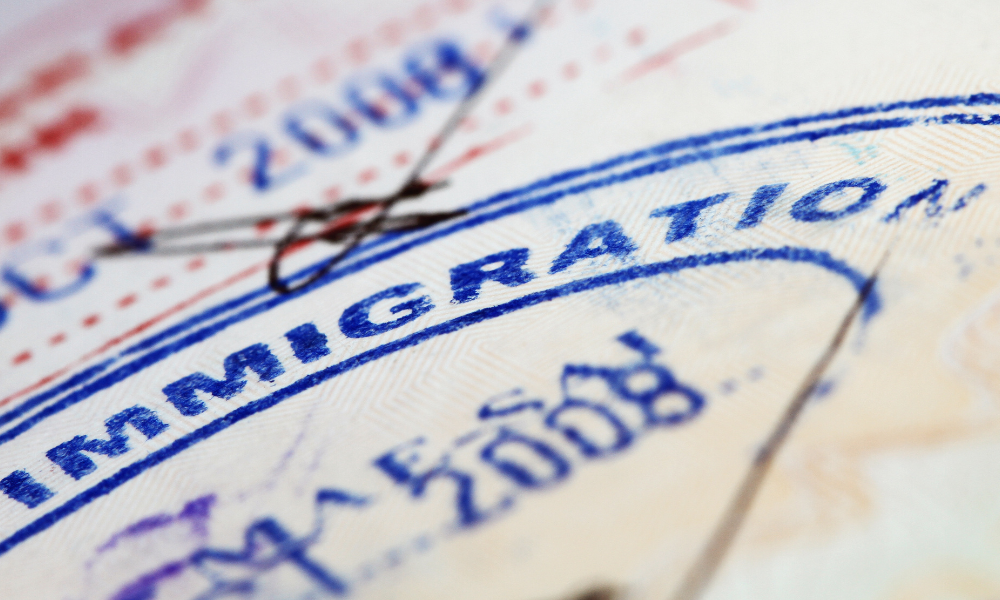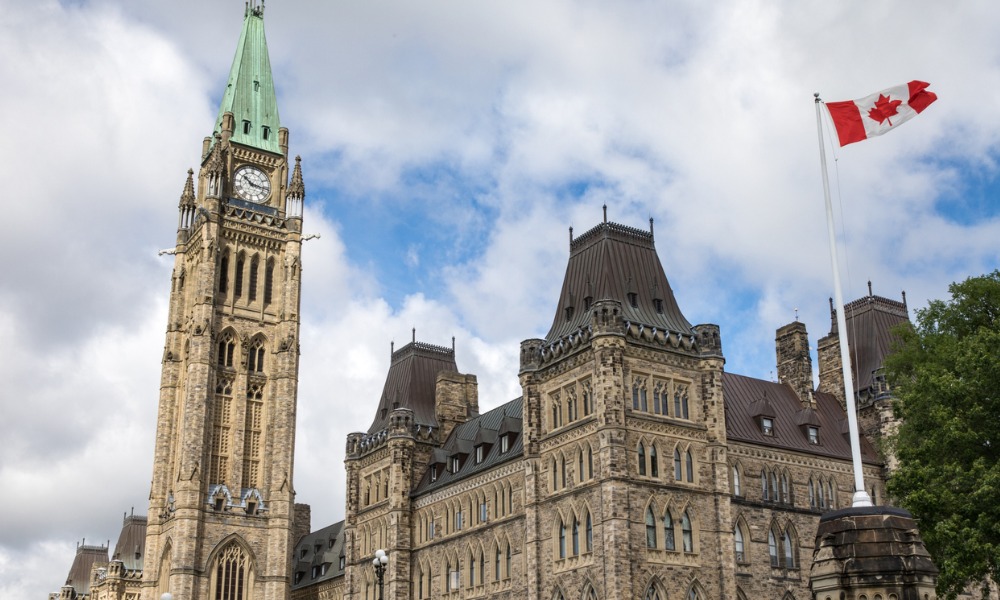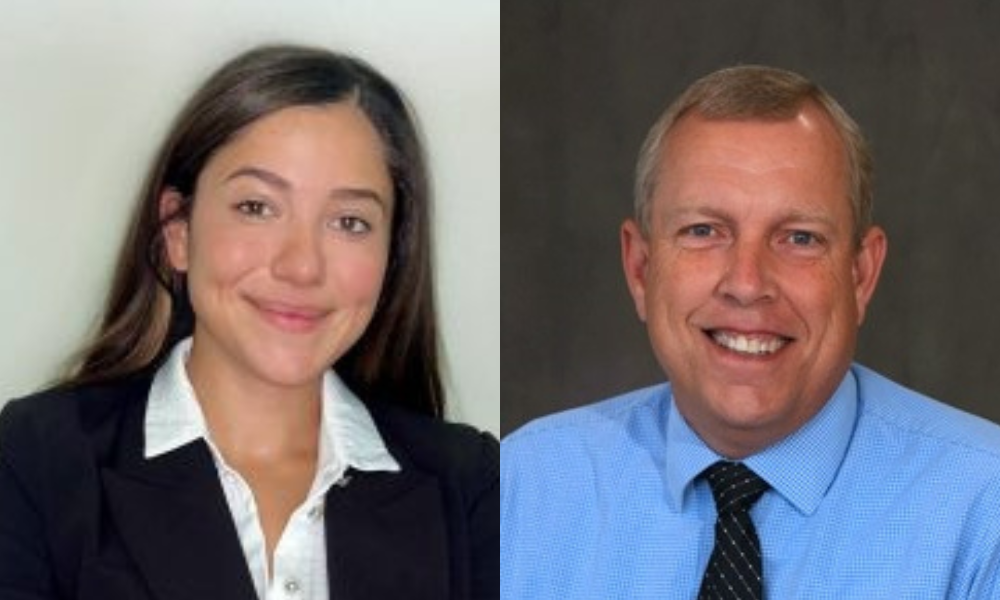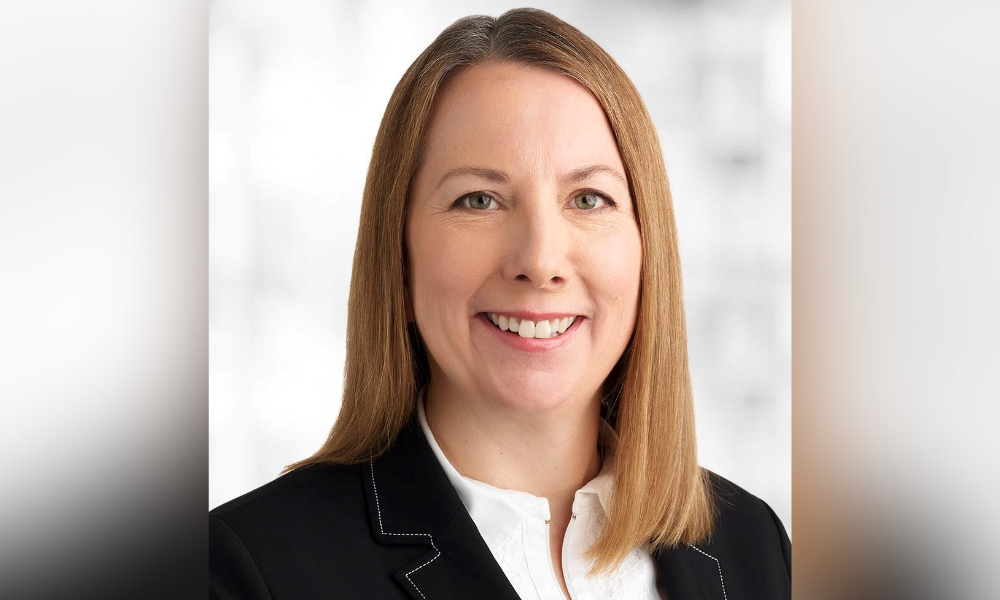'Not being aware of something and being surprised with it generally leads to negative results rather than positive ones'
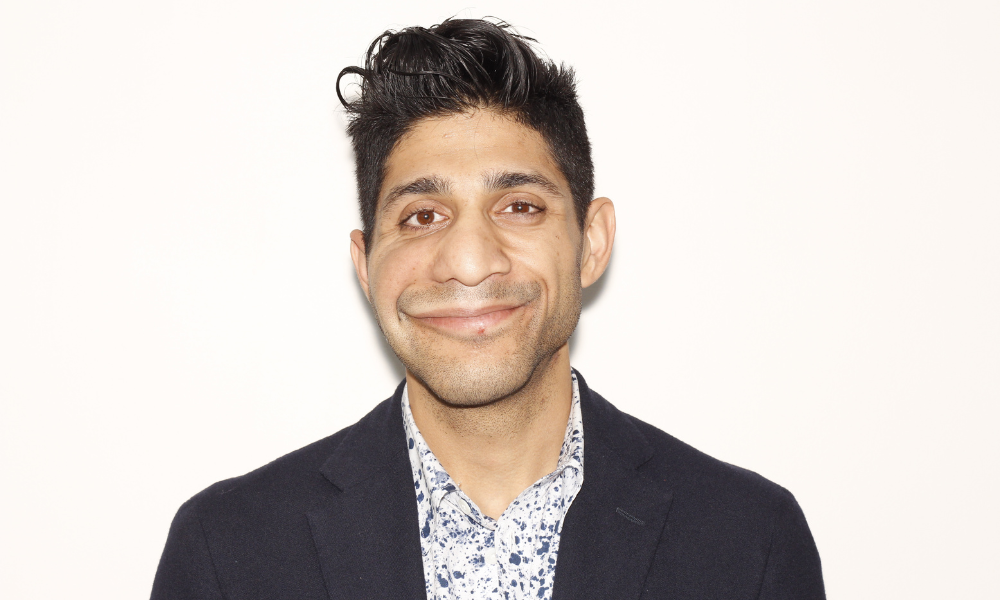
While many marginalized communities have been recognized as organizations attempt to increase diversity, equity and inclusion (DEI), there is one that hasn’t seen enough awareness.
“Generally, those in the facial difference community are not identified as being diverse,” says Alim Somji, board vice-chairperson at AboutFace in Edmonton.
The organization, founded in 1985, “supports people with facial differences, and all manner of facial differences,” says Somji, who is also executive vice-president at the Jaffer Group of Companies, a firm that spans real estate development, hospitality, property management, consulting, staffing and knowledge management.
“There’s a fair bit of shared experience, you can imagine, so that’s the real drive of the organization.”
Awareness campaign
AboutFace is hoping to boost awareness of the unique challenges faced by those in the community by launching a campaign in September, which is Craniofacial Acceptance Month. It is aimed at supporting the more than two million Canadians who are living with a facial difference.
“There are specific things that those with facial differences will encounter that that others won’t: our dental needs, and orthodontic, tend to be higher than most based on the fact that our faces are different,” says Somji. “A lot of different workplaces are not necessarily equipped to help provide that support.”
Read more: How to achieve the ‘fullness of diversity.”
The campaign’s theme is focused on employment, as many in the facial difference community face difficulties in the workplace from such things as bullying, stigmatization and social exclusion.
“The driver of the campaign is really to help create awareness of facial differences and provide a bit of guidance of the types of things that are important for those with facial differences in the workplace, and how to make those with facial differences feel included and a part of your organization,” he says.
Hiring challenges
Gaining employment has also become harder in recent years, especially in the remote-first landscape, according to Somji.
“If you can imagine your first interview with somebody with a facial difference — in all manner of interview training in the HR world, when you train somebody for an interview, your first direction is to smile and look presentable — and your face is the first thing that people see. Especially in the era of Zoom interviews and Teams interviews, your face is the only thing that people see.”
If the HR professional is not accustomed to seeing members of the facial difference community, this could negatively affect the initial interaction, he says.
“It makes it very challenging, both from a confidence perspective for the applicant but also from the interviewer’s perspective: they see something that they don’t necessarily recognize, that they’re not aware of and they don’t necessarily have any experience with and, rightfully or wrongfully, that greatly impacts the effectiveness of an interview.”
Read more: What are the first steps to boosting DEI?
History has shown that many members of the community have not being treated kindly, says Somji, especially in popular entertainment.
“Those with facial differences are largely portrayed in media as being movie villains, so there’s a bunch of negative connotations that come with it. It’s a very clear disincentive for individuals to be hired, at least in what individuals in the facial difference community members have identified,” he says.
This is why the recognition aspect is so important.
“It’s a personal opinion I suppose but I’ve never felt that individuals want to bully people that are different — especially in the adult workplace — but awareness is a major problem and not being aware of something and being surprised with it generally leads to negative results rather than positive ones. Whereas awareness and expectation that this is something you might see makes things a lot simpler and clearer and can generally benefit both the employee and the prospective employer,” says Somji.
Big role for HR
HR would do well to consider the background many in the community have faced, he says.
“We’re stigmatized from a young age: you stick out from, in many cases, the day you were born until the day you die, so there’s a lot of life experience and trials and tribulations that come with that, that are unique to the facial difference community that provide a lot of value when you have somebody that you’re working with that has battled adversity and has persevered and who understands that things are not necessarily going to be simple,” says Somji.
People with facial differences can bring a lot to an organization, he says.
“It engenders excellent work ethic, in my mind, and… a lot of employers really like that, they search for it. They get a lot of heart in somebody who has a facial difference that has made it to the point of where they are.”
Making changes can be as easy as an acknowledgement in company policies.
“It can be as simple as adding that companies don’t discriminate based on race, gender, sexuality, etc. and facial appearance. That alone identifies something, another thing, that makes people different and that individuals get stigmatized or discriminated against for it, and that [the employer is] aware and wanting to fix it,” says Somji.

